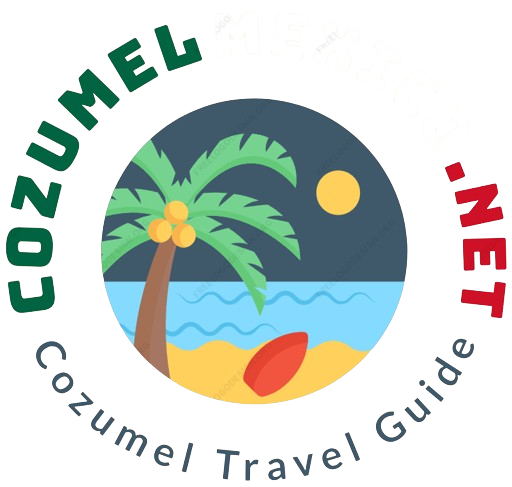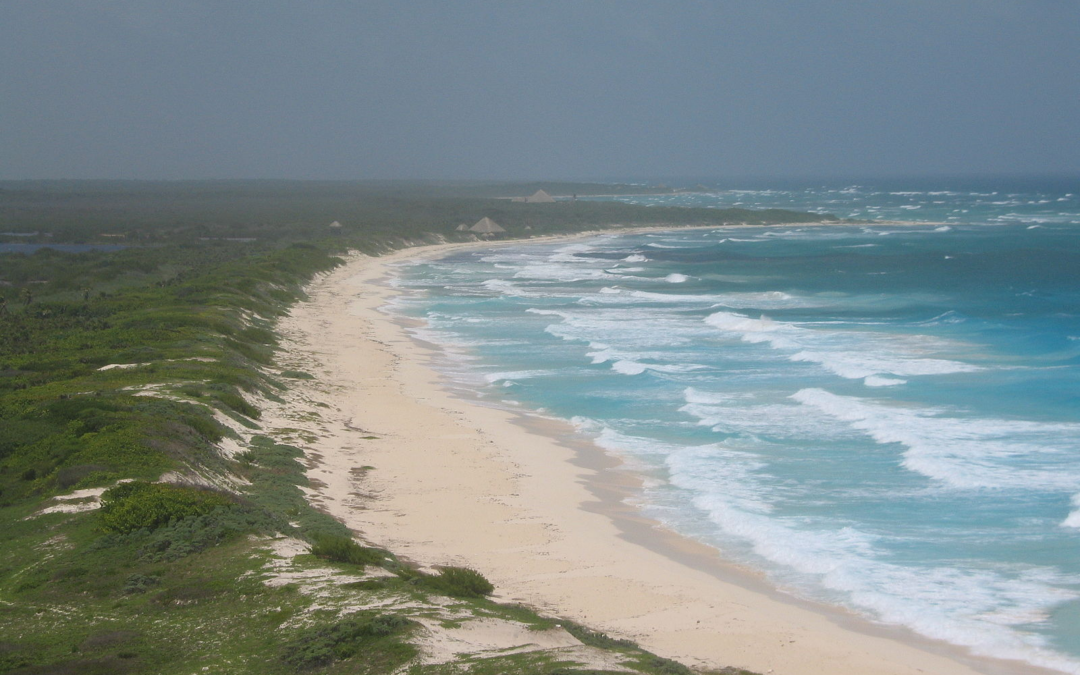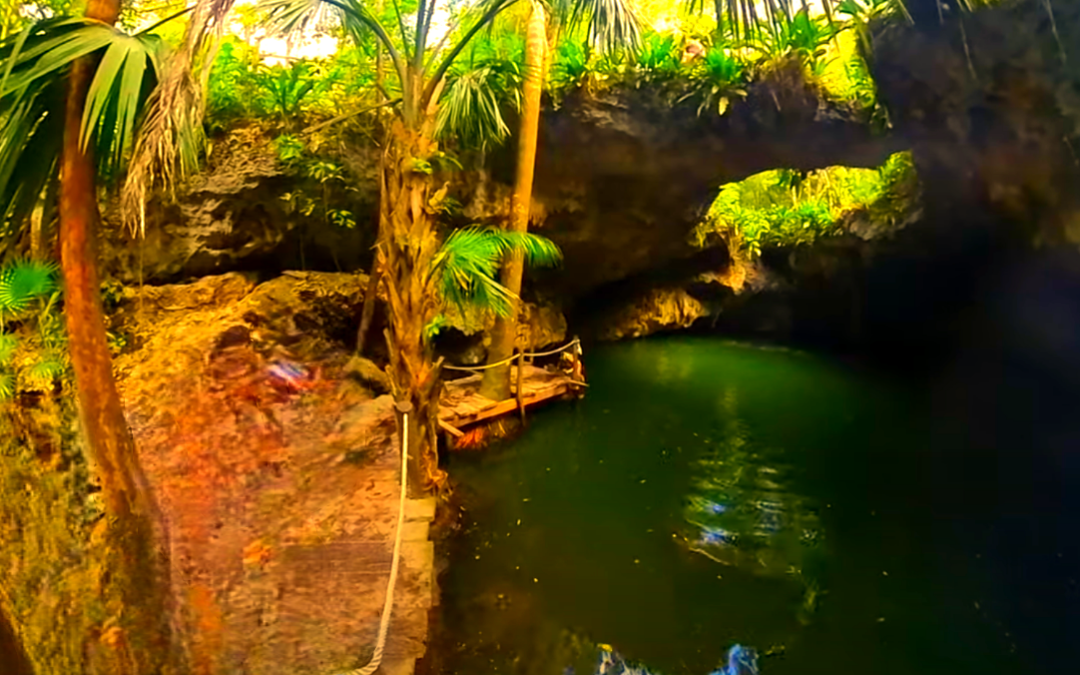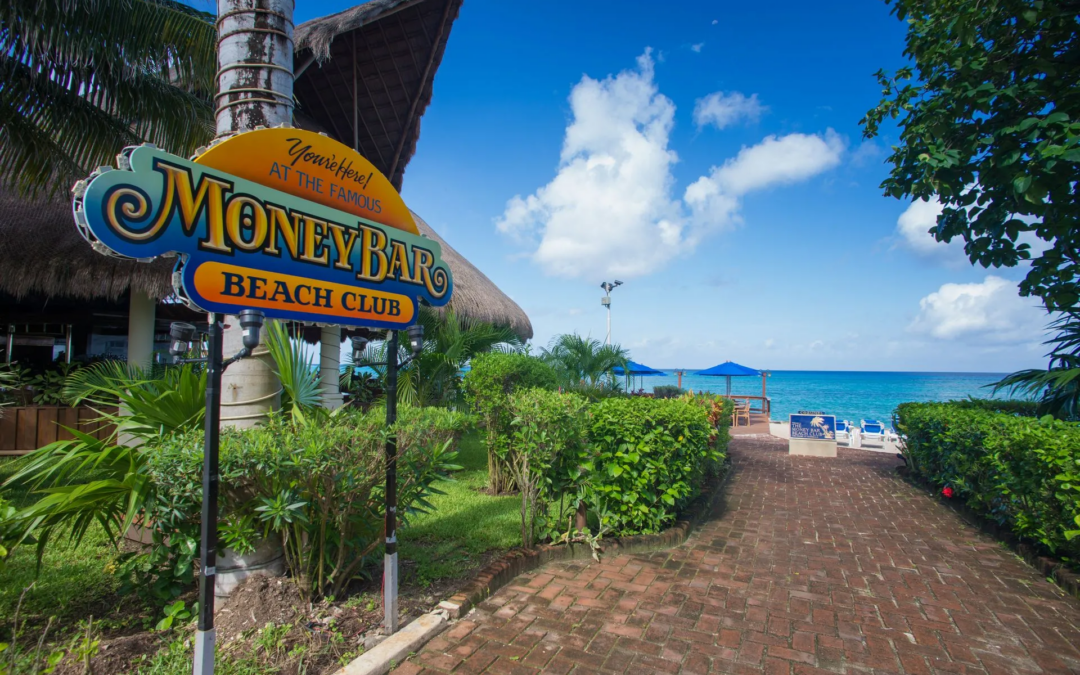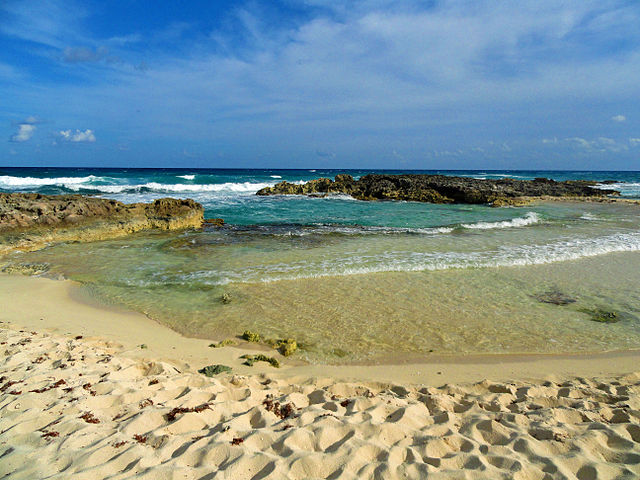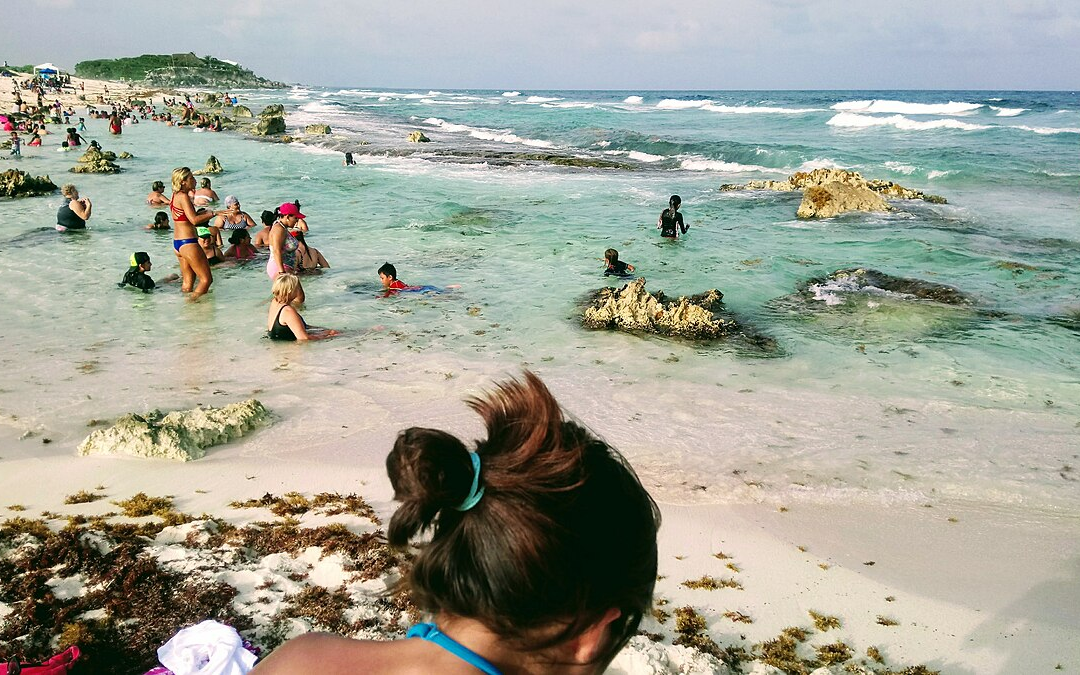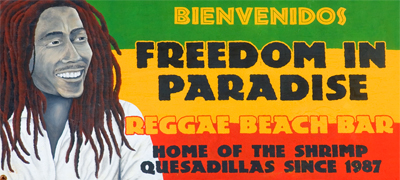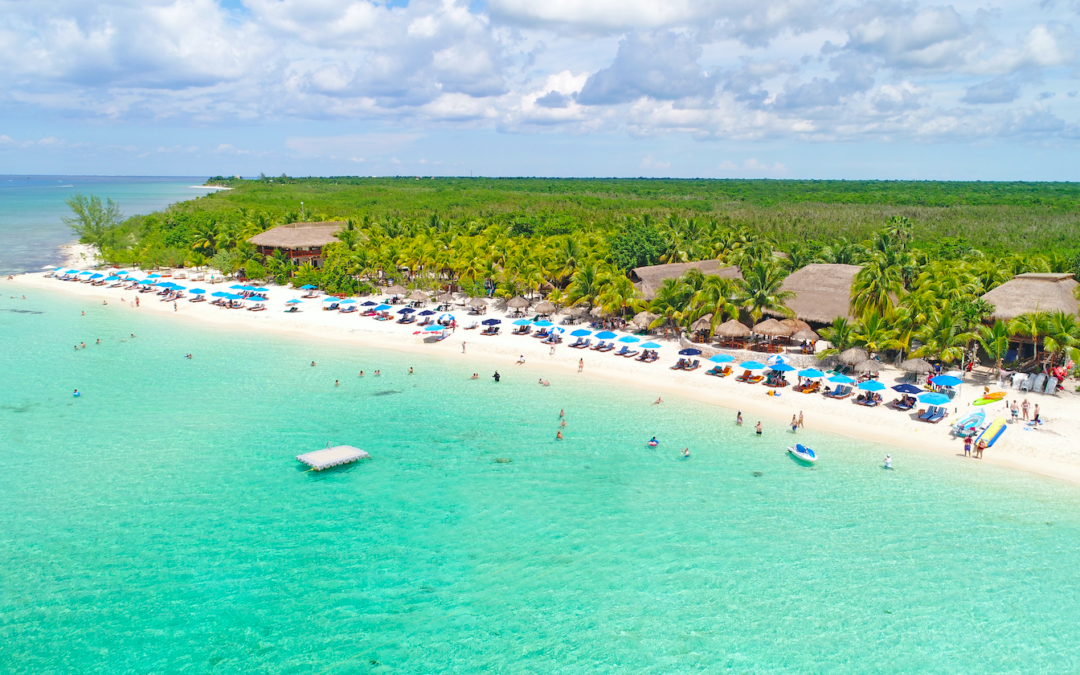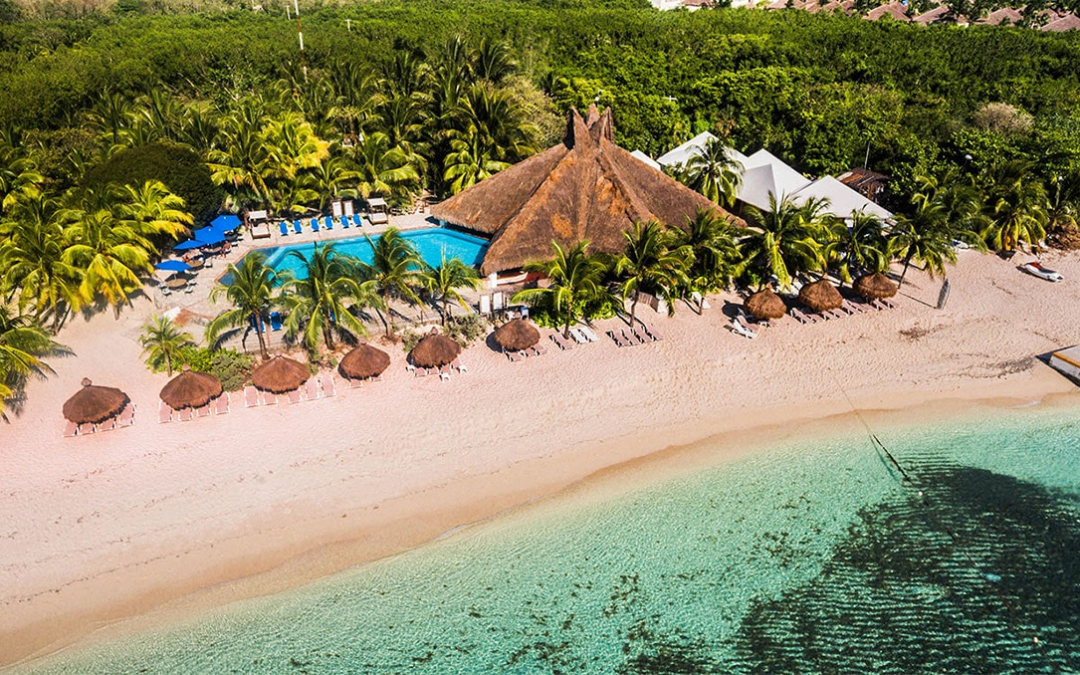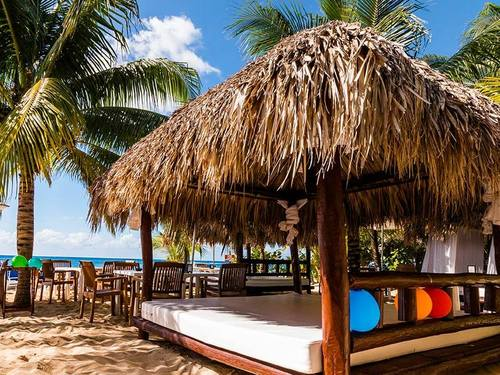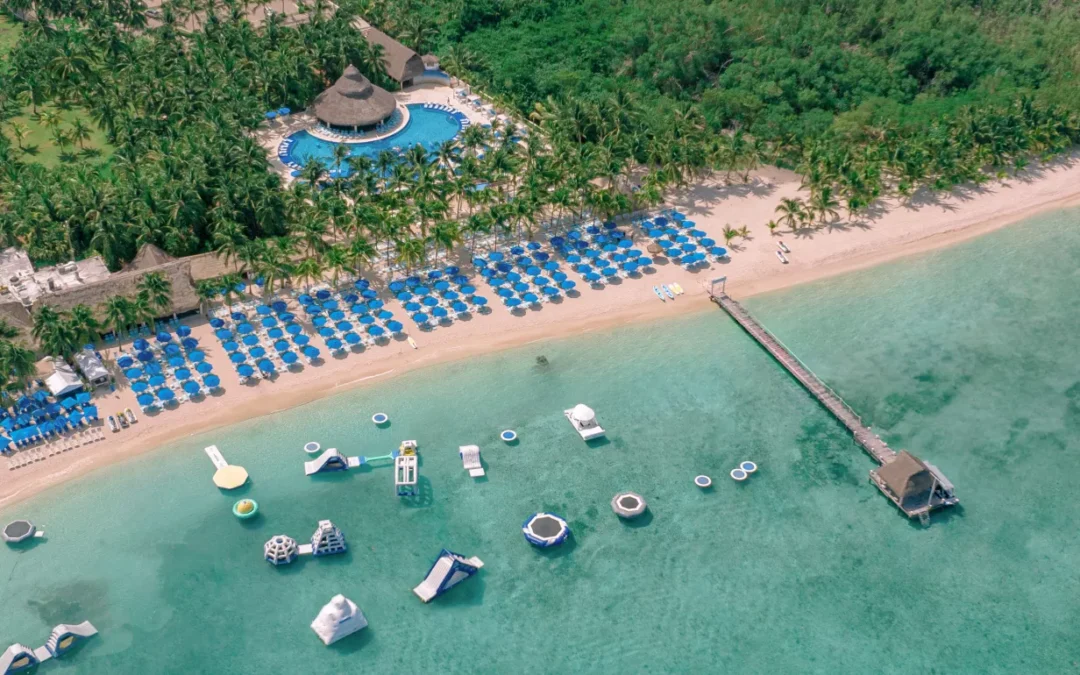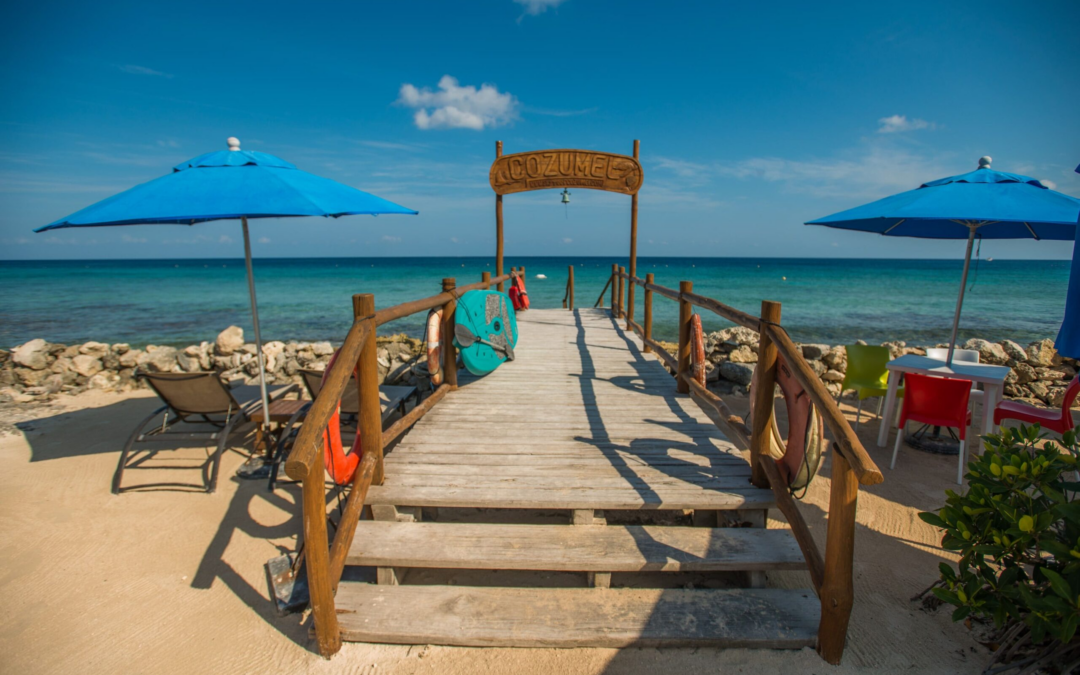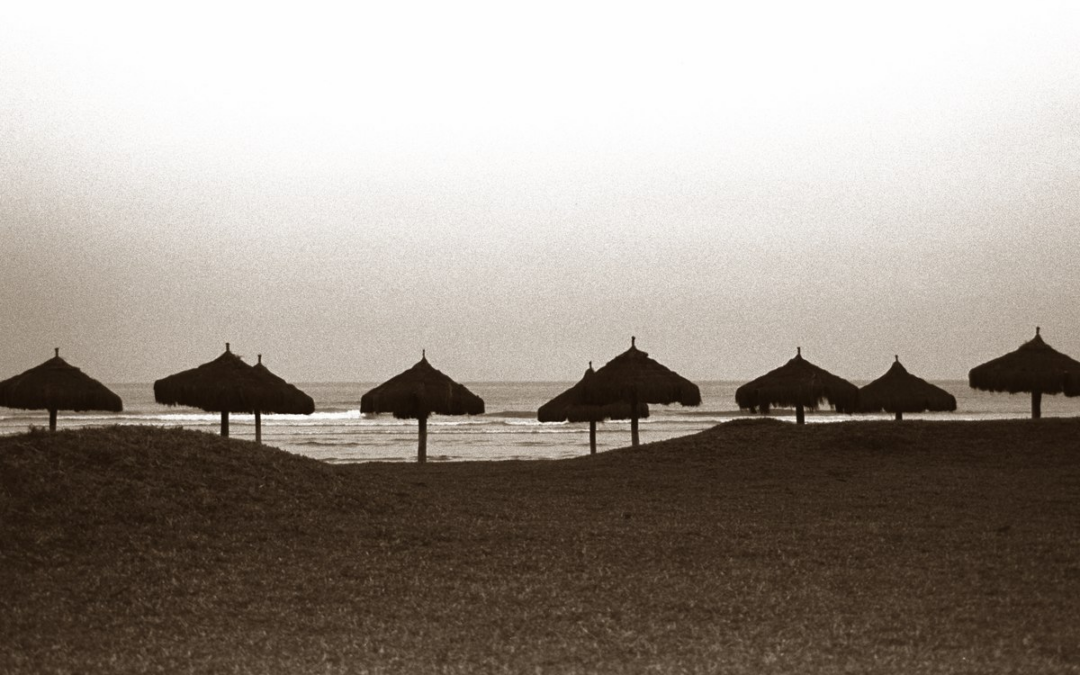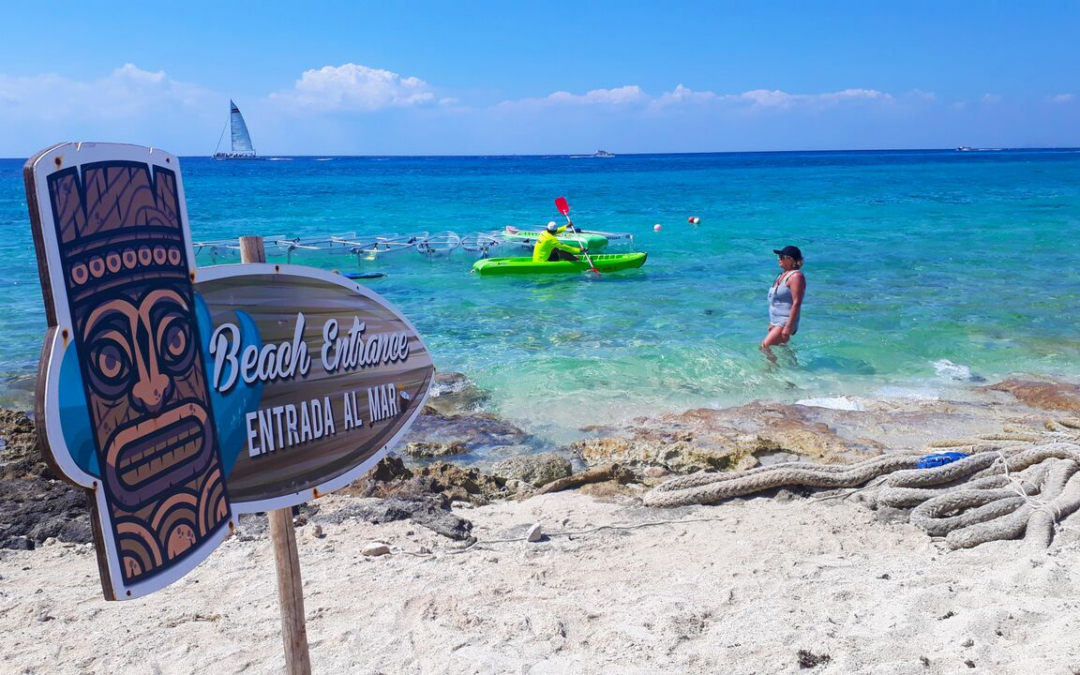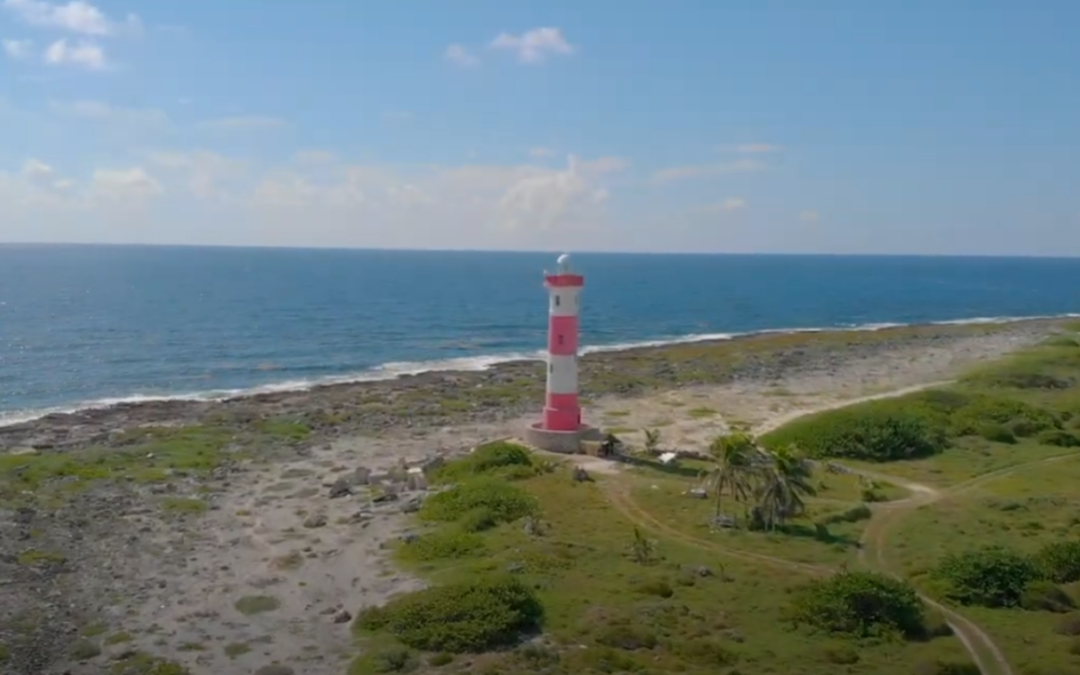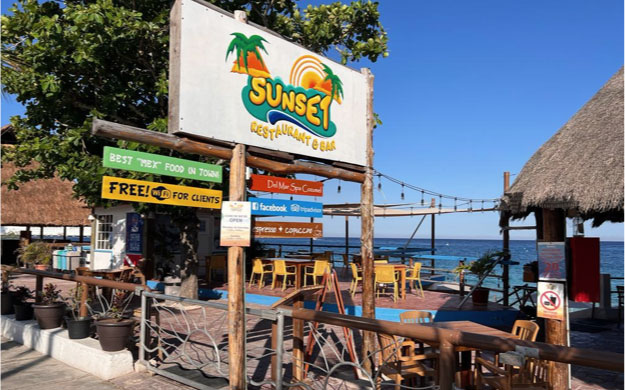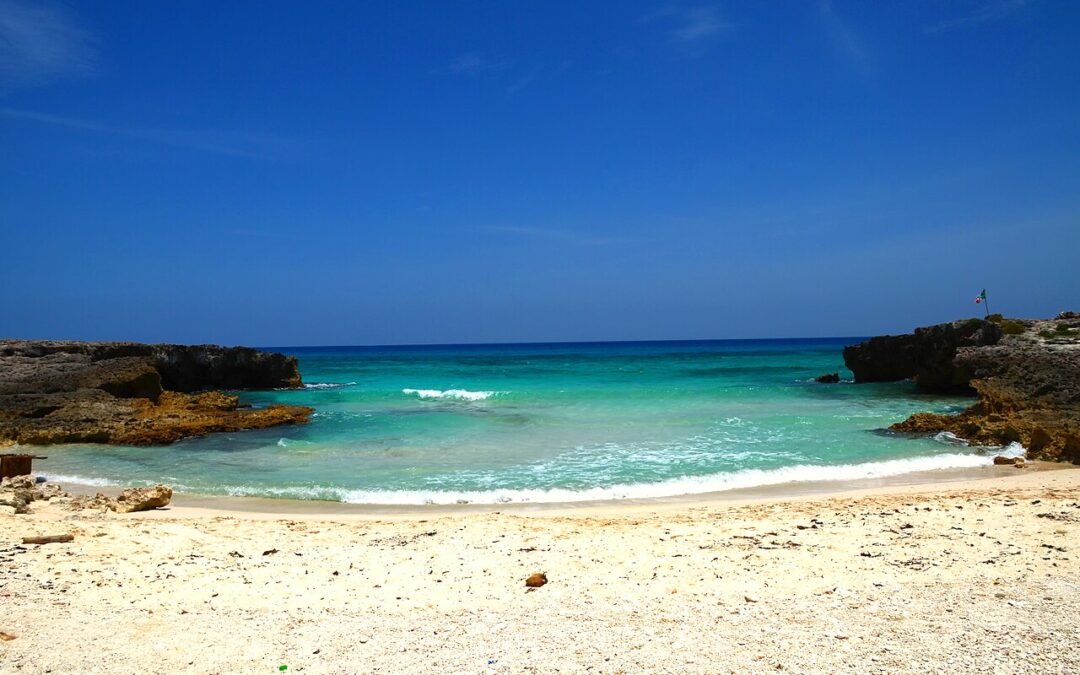Cozumel, Mexico is a vibrant island located in the Caribbean Sea, about 10 miles off the eastern coast of the Yucatán Peninsula, nestled in the state of Quintana Roo. As the largest island in the Mexican Caribbean, its geography is characterized by lush jungles, sandy beaches, and a coastline teeming with diverse marine life. It’s a place where nature’s beauty is on full display, offering both tranquility and adventure to its visitors.
The climate of Cozumel is quintessentially tropical, marked by warm temperatures year-round. Averaging at about 80 degrees, the island’s climate is mainly controlled by the sea, gifting it with breezes that temper the heat of the sun. While July and August can see temperatures ranging slightly higher, from 80 to 90 degrees, the climate remains comfortable, fed by the ebbing warmth of the Caribbean. This tropical paradise experiences its rainy season from May to October and enjoys a cooler, drier period from November to April, making Cozumel a year-round destination for sun-seekers.
- Cozumel is a Mexican Caribbean island with a rich natural environment.
- The climate is tropical with warm temperatures, moderated by sea breezes.
- The island boasts a balance of relaxation and adventure, suitable for year-round travel.
Geographical Insights
Exploring the beautiful island of Cozumel, I’m struck by its unique geographic features that contribute to its appeal as a Caribbean oasis and its location’s close association with the Yucatan Peninsula.
Cozumel’s Caribbean Charm
Cozumel, the island gem in the Caribbean Sea, has a magical allure that I find captivating. The island is marked by a diverse ecosystem, contributing to its vibrant underwater life, which I see as a diver’s paradise. Being on Cozumel, I can attest to the warmth of the climate, with average temperatures hovering around 80 degrees Fahrenheit. The heat can rise between 80 to 90 degrees during July and August, typically considered the warmest months. This consistent warmth provides an idyllic tropical setting that I find welcome year-round.
Yucatan Peninsula Proximity
As I look towards the Yucatan Peninsula, mere miles away from Cozumel’s shores, the proximity is breathtaking. Situated about 10 miles off the eastern coast of the peninsula, Cozumel belongs to the Mexican state of Quintana Roo. I often travel to the island via the town of Playa del Carmen, which lies directly opposite the island. The island’s capital, San Miguel de Cozumel, is a bustling hub that reflects the rich culture and heritage of both Cozumel and Mexico – something that I have come to appreciate deeply during my visits.
Climate Patterns
Cozumel’s unique setting off the Yucatan peninsula endows it with distinct climate patterns. As I take you through its seasonal variations, you’ll get a sense of what to expect weather-wise during your visit.
Temperature Variations
Cozumel experiences tropical climate year-round, with temperatures that are generally warm. The island’s proximity to the equator means there’s minimal fluctuation in temperature between seasons.
- Hot Season: From June to September, the heat intensifies, with temperatures averaging around 80°F to 90°F (27°C to 32°C).
- Cooler Months: December to February offer a milder climate, with temperatures often ranging between 70°F to 80°F (21°C to 27°C).
Rainy Season and Dry Spells
The yearly weather cycle in Cozumel is split into two main periods: the rainy season and the dry season.
- Rainy Season: Extending from May to October, be prepared for heavy showers and potential thunderstorms, especially in the afternoons. This is due to Cozumel lying in a tropical zone where humidity levels are high, precipitating frequent rains during these months.
- Dry Season: November to April marks a relatively dry period, with occasional rainfalls. This is often considered the best time to visit. Notable months like January, February, March, and April show significantly lower rainfall compared to the rest of the year, making them favorable for vacationers seeking sunshine and clear skies.
Natural Attractions
Cozumel’s natural attractions are a visual feast for nature lovers, with its pristine beaches and vibrant underwater ecosystem. The island offers a unique blend of sandy shores and some of the most impressive coral reefs in the world, each teeming with marine life.
Beaches and Coastal Highlights
My experiences with Cozumel’s beaches have been nothing short of spectacular. The Playa El Cielo stands out with its crystalline water and starfish-studded sea floor. I fondly call it a piece of Caribbean paradise, perfect for both relaxation and snorkeling. Another must-visit is the Palancar Beach, where the soft, white sand meets the inviting Caribbean Sea, making it a favorite for sunbathers and those looking to escape into a serene environment.
- Must-Vist Beaches:
- Playa El Cielo
- Palancar Beach
Marine Life and Coral Reefs
The underwater world of Cozumel is equally enthralling. The coral reefs, particularly the Palancar Reef, are home to a diverse range of marine life. When I scuba dive here, I’m always hopeful to encounter the endemic Cozumel splendid toadfish, exclusive to these waters. The reefs also provide an unparalleled paradise for divers and snorkelers alike, with their warm, clear water offering excellent visibility. Whether it’s for scuba diving or snorkeling, Cozumel’s reefs are a doorway to exploring the vibrant hues and myriad species of the Caribbean Sea.
- Scuba Diving & Snorkeling Highlights:
- Palancar Reef – Home to the unique Cozumel splendid toadfish
- Abundant marine life and excellent visibility for underwater exploration
Cultural and Historical Context
In my exploration of this vibrant island, I’ve come to find that Cozumel’s rich tapestry is woven with threads of ancient Mayan heritage and colorful stories of pirates and colonial influence. Each of these elements has played a pivotal role in shaping the island into the cultural mosaic that it is today.
Mayan Heritage
I’ll start with Mayan Heritage, which lies at the core of Cozumel’s cultural identity. Known as Cuzamil by the Maya, the island was dedicated to Ixchel, the goddess of fertility and medicine. Mayans made pilgrimages to her temple at San Gervasio, which remains a testament to their reverence.
- Key Mayan sites on the island:
- San Gervasio (main temple complex)
- El Caracol (ancient observatory)
With the remnants of these sacred structures scattered around the island, it’s clear to me that the Maya have bestowed a lasting legacy that continues to influence Cozumel’s culture.
Pirates and Colonial Influence
As for Pirates and Colonial Influence, my curiosity was piqued by tales of swashbuckling pirates who used the island’s secluded coves and dense mangroves as hideouts in the 17th century. The presence of these sea brigands brought about an era of tales that still enthrall locals and visitors alike.
- Pirate-related sites:
- Castillo Real (watchtower ruins)
Not to be overlooked, the Spanish conquest introduced colonial architecture and Christianity, replacing many of the Mayan temples with catholic churches. There was a fusion of native and European customs that I note as an interesting aspect of Cozumel’s cultural evolution.
Travel Considerations
When planning a trip to Cozumel, I find it’s essential to think about when to go and what to pack to ensure a comfortable and enjoyable vacation. My focus here is on making those aspects clearer for fellow travelers.
Best Times for Tourist Activities
January to April: In my experience, these months are the most optimal time to visit Cozumel.
- Weather: You can expect minimal rainfall and clear blue skies, perfect for outdoor tourist activities.
- Crowds: Be mindful that this is also peak tourist season, so you might encounter more crowds.
March to May:
- Temperatures: The weather is warm but not overly hot, making it ideal for exploring the island without the discomfort of intense heat.
Essential Items to Pack
Based on the tropical weather, these items should definitely be in your suitcase for a trip to Cozumel:
- Sunscreen: A must to protect your skin from the strong sun rays.
- Sunglasses & Hat: My eyes and head thank me every time I remember to bring these along for protection against the sun.
- Jacket: Even though it’s warm during the day, a light jacket can be useful for cooler evenings or windy days by the coast.
- Comfortable Footwear: Whether it’s for a trek through San Gervasio ruins or a stroll along the beach, proper shoes are key.
